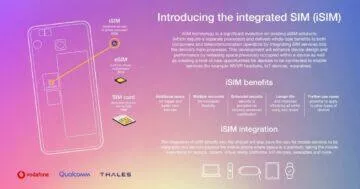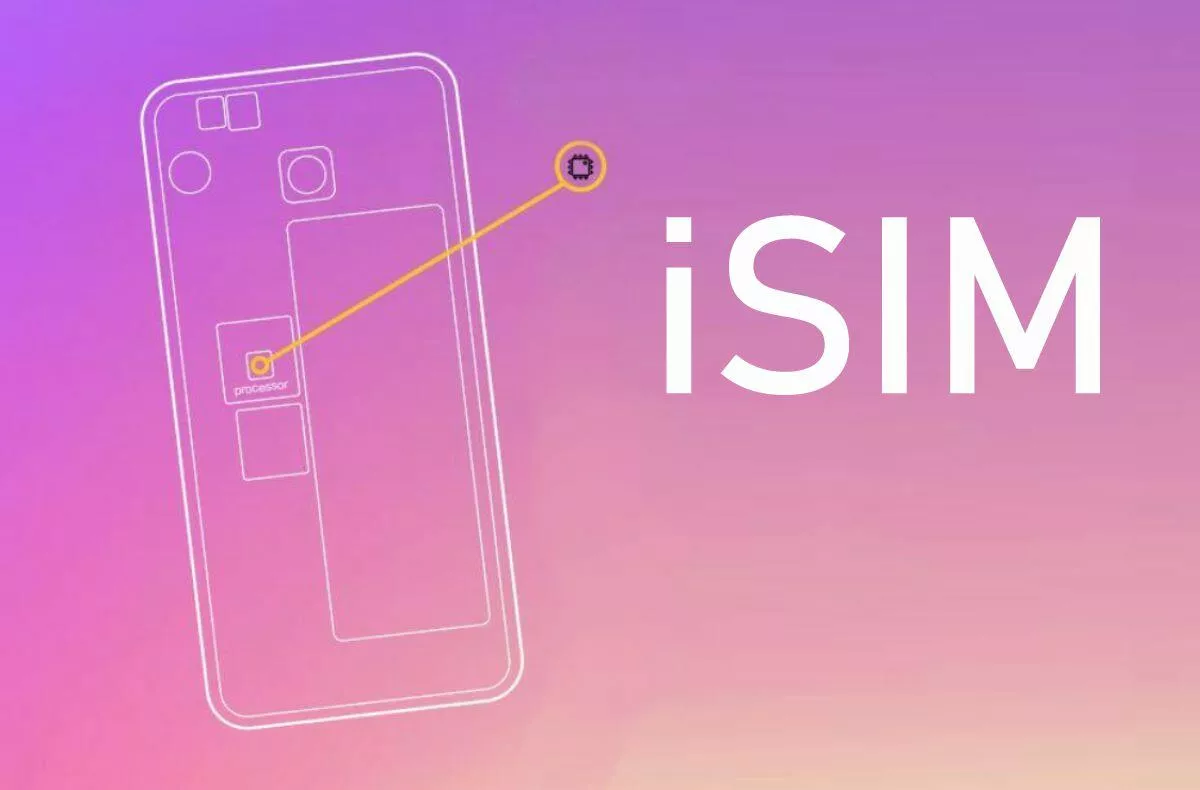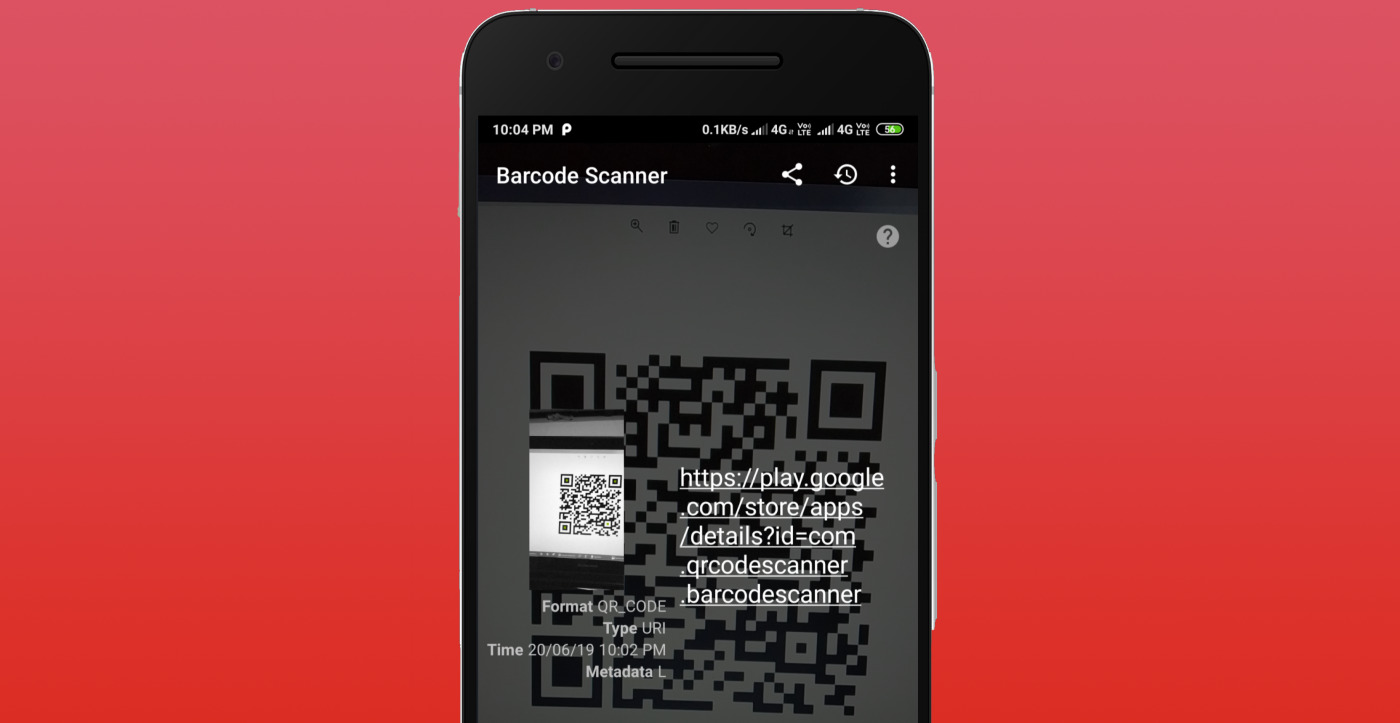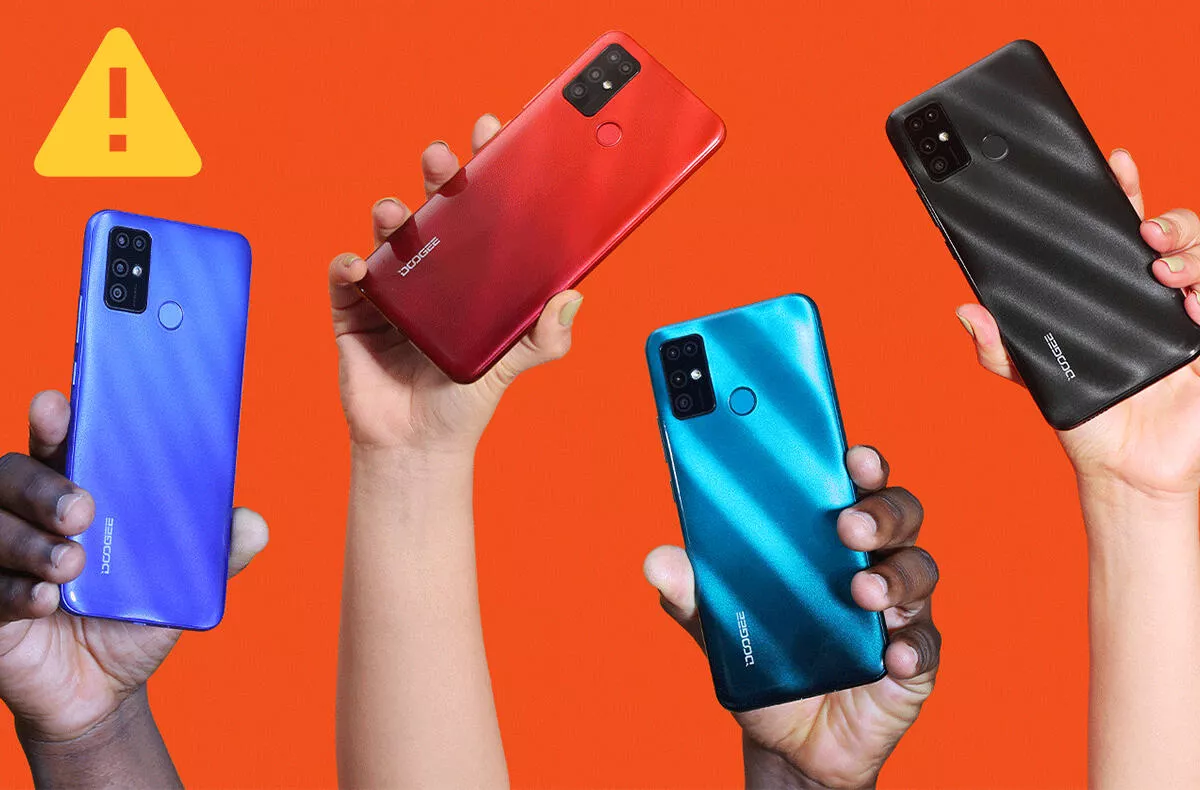Forget about eSIM. The future is already looming with improved iSIM
“Plastic SIM cards are no longer needed because we have a solution that allows the digital profile of the mobile network subscriber to be uploaded directly to the system.” In such words, they accompanied mobile device operators and manufacturers a few years ago advent of eSIM technology. This increasingly used technological novelty is really very beneficial and, among other things, allows you to use smart watches separately in the network, for example. Although at first glance it may seem that there is nothing to improve on this solution, the opposite is true. And the proof is the newly improved and slow-running iSIM standard.
MiniSIM, MicroSIM and NanoSIM
If you are just asking what can be improved on the digital fingerprint of the SIM card, it is paradoxically its location. The biggest difference between eSIM and iSIM is that A more modern solution allows you to store a virtual SIM card directly in the main chipset along with the CPU, GPU or modem, while the older one requires a separate chip. The advantages include not only logical space savings, but also an increase in overall performance and, last but not least, the ability to insert information from the SIM into devices that have not yet been able to use eSIM. The management of the profile will be identical on the part of the operators (and thus also their customers).

The main advantages as well as the first prototype (the technology itself is not completely new) were introduced a few days ago by Qualcomm, Vodafone and Thales. Their joint work is at the moment modified Samsung Galaxy Z Flip3, in which the iSIM of the mentioned operator is a part of the new variant of the Snapdragon 888 5G chipset. Communication between the elements and the network is provided by the operating system from the third named company. ISIM standard (registered as GSMA as ieUICC) is planned to be used not only in mobile phones or tablets, but also in laptops, VR headsets or IoT components. Integration into the chipsets themselves simply opens up new possibilities.
How are you doing now with SIM and eSIM?
Source: Qualcomm



